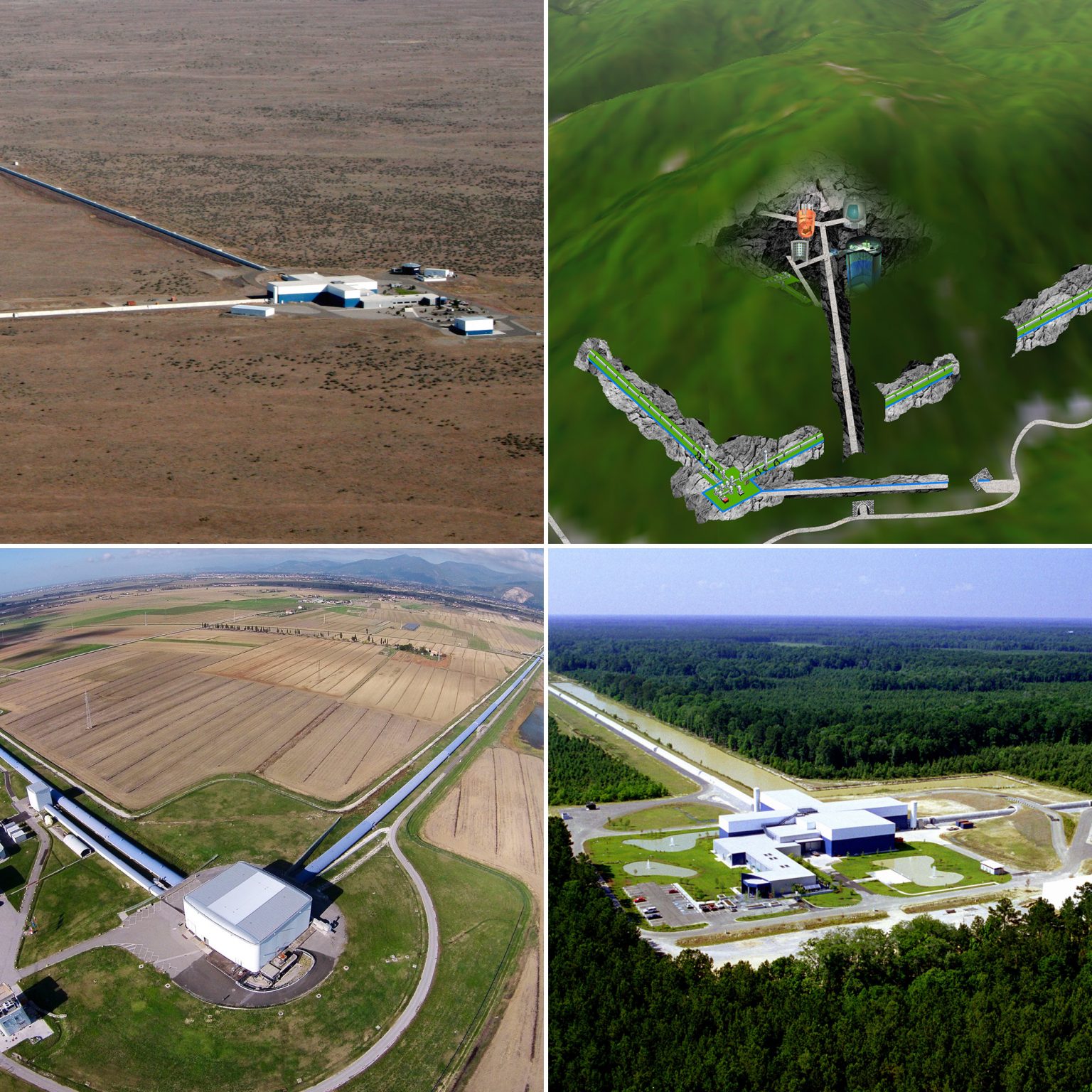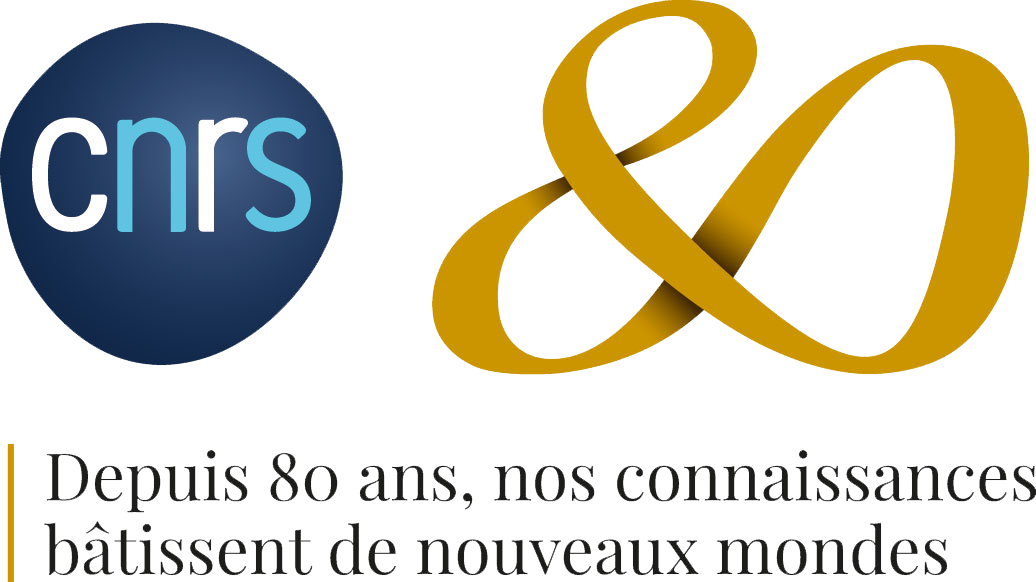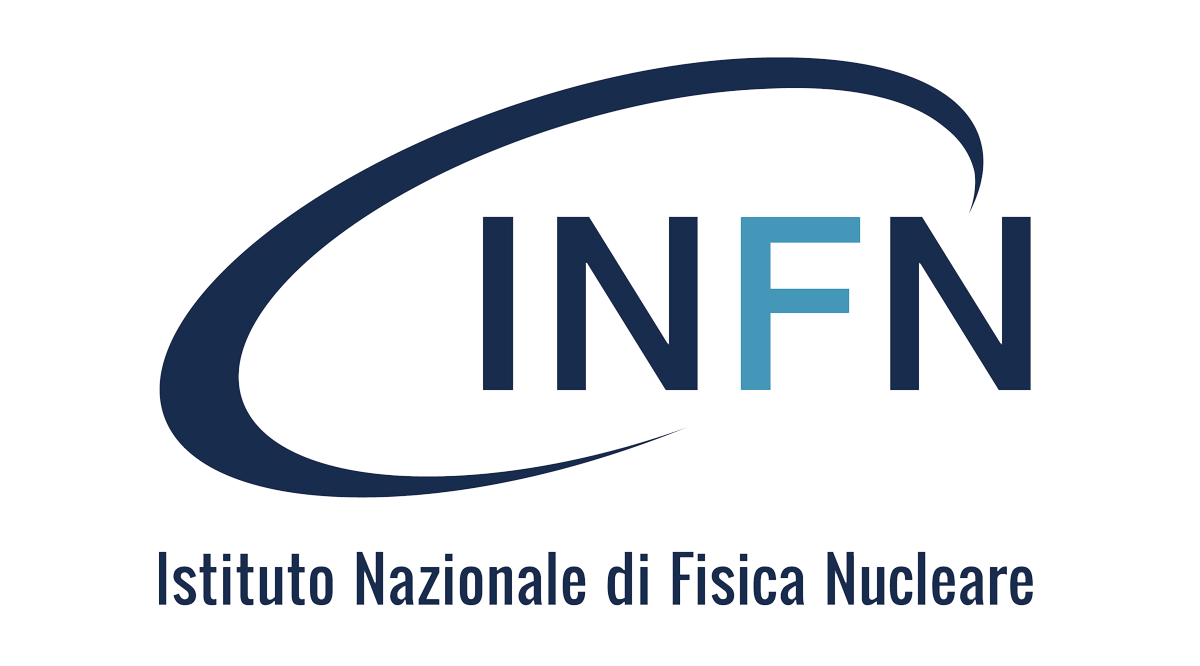The scientific collaboration that operates the global network of gravitational wave detectors (LIGO in the USA, Virgo in Italy and Kagra in Japan) has in recent days updated the timetable for the start of the new observing run , previously scheduled for the end of March 2023.
The start will be delayed by a few months, as all the detectors are facing challenges in achieving the expected levels of stability and sensitivity, after the major technological upgrades carried out on them.
Researchers are aiming to reach the targets set to ‘switch on’ the experiments within a few months, i.e. by the end of May this year.
Moreover, the new cycle of observations, called O4 (it is the fourth since the first observation in 2015) will last 18 months instead of the initially planned 12.
Since the discovery of gravitational waves the LIGO and Virgo interferometers have in fact always alternated between data-taking periods of about one year and downtimes of technological upgrades, in order to significantly increase sensitivity and thus the rate of observations, which, for example, increased 10-fold from the second (O2) to the third (O3) run.
O4 will be extended to 18 months in order to optimise the requirements of the subsequent technology upgrade, which includes new mirror coatings, still under development. However, this will also provide the opportunity to increase scientific observations and the probability of relevant discoveries, such as the so-called multi-messenger events, i.e. a joint observation of gravitational waves and electromagnetic signals produced by the same phenomenon. This has been performed so far only once, in the case of the famous neutron star merger detected on 17 August 2017 by LIGO and Virgo.
The targets for detector sensitivity remain unchanged: LIGO aims for a sensitivity of 160-190 Mpc for binary neutron stars. Virgo aims at a sensitivity of 80-115 Mpc. KAGRA is expected to operate with a sensitivity above 1 Mpc at the beginning of O4 and will work to improve sensitivity to around 10 Mpc around spring 2024.
Achieving this goal will mean a 50% improvement in sensitivity for Virgo compared to the previous cycle of observations (O3), which corresponds to observing a cosmic volume three times larger and switching from weekly to daily detections.
https://observing.docs.ligo.org/plan/
Contacts
Via E. Amaldi,5
56021 Cascina (PI) – Italy
Tel +39 050 752511
Contact us
How to reach us




